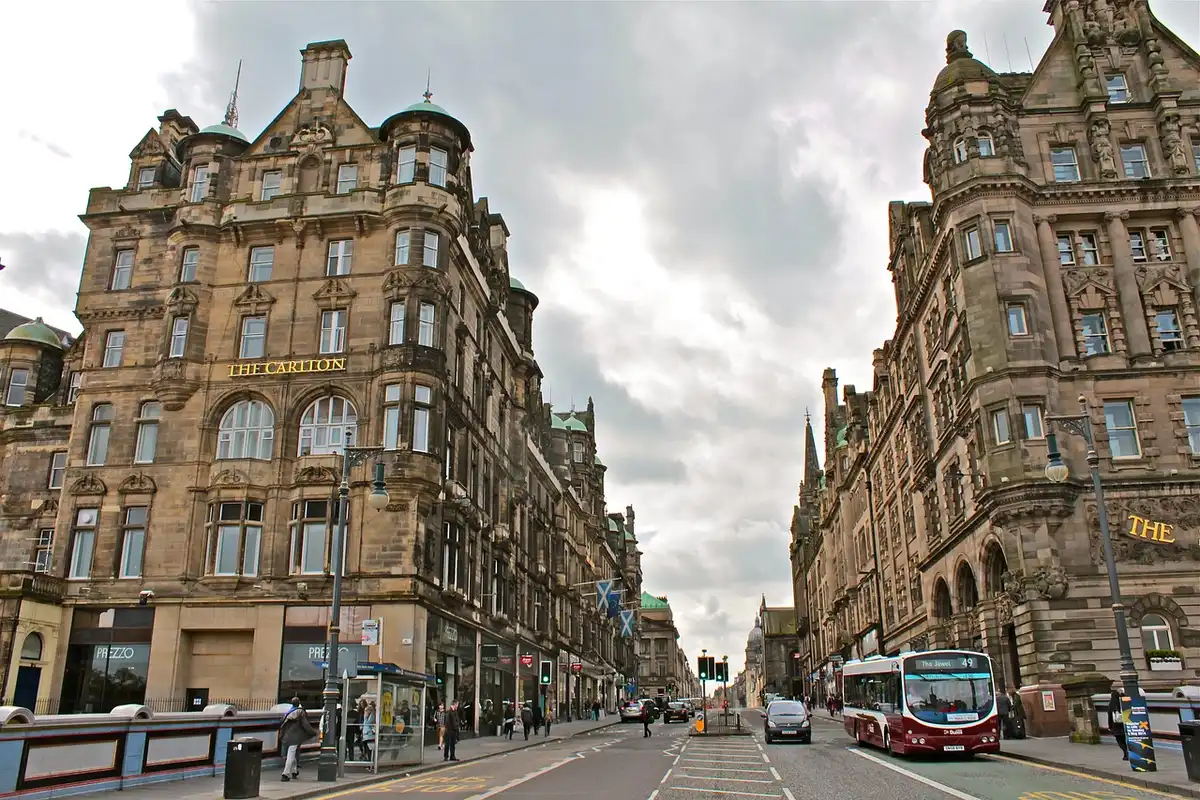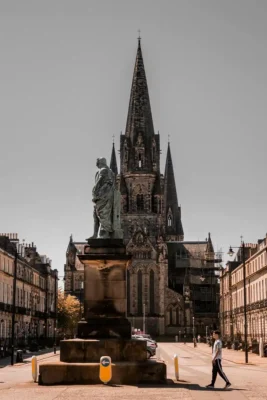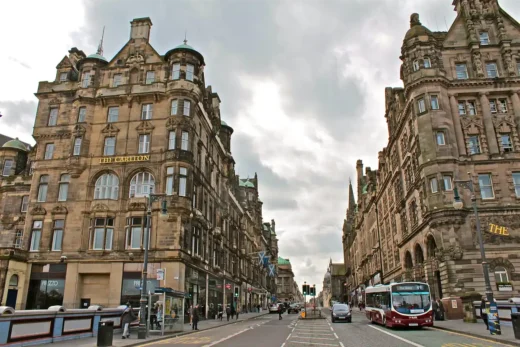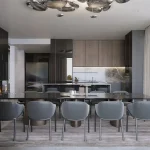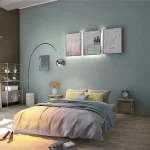Reimagining accessibility in Edinburgh architecture, Capital of Scotland buildings
Reimagining accessibility in Edinburgh’s historic and modern architecture
3 April 2025
The capital of Scotland has some of the UK’s most impressive architecture. The Old Town and elegant Georgian structures have now defined the New Town. There is some modernism that could be confused for brutalism, and some Gothic spires that could be confused for fairy-tale castles.
But, Scotland is also an empathetic place with a strong conscience. And, over the past couple of decades, there has been a focus on how these experiences can be navigated by everyone.
Accessibility challenges in historic Edinburgh
Integrating modern accessibility into Edinburgh’s historic core has been challenging to say the least. The primary challenge is that many buildings are protected by listed status, and these are complex laws. The UNESCO World Heritage site, especially along the Royal Mile and in the New Town, have lots of protected buildings, and this makes them difficult to alter. Generally, accessibility requires some structural changes as paths must be made wider and with more slopes.
Physical constraints also exist, with narrow medieval staircases laying on top of cobblestone streets – these are hardly ideal for those with accessibility issues. Standard solutions like wide ramps or large passenger lifts tend to clash with preservation mandates. Or worse, they’re simply impossible to physically implement.
Innovative accessibility in historic spaces
Despite these hurdles, preservation specialists and architects are finding creative ways to reconcile these two concerns. Success lies, unsurprisingly, in bespoke and sensitive solutions that may differ on the context.
Discreet ramps using sympathetic materials like Caithness stone are one way to blend in with existing structures. Compact platform lifts can also be cleverly integrated into less historically sensitive spaces, meaning compromises occur when it makes sense to.
Internally, overcoming split levels in tight town houses or older public venues demands some clever engineers. Where a full lift installation is impractical, a mechanical stair lift can offer a less imposing alternative. This ensures floor-to-floor access with minimal structural disruption, and they can even be removed easily too.
Modern architecture setting new standards
In contrast to this is Edinburgh’s contemporary architecture, which has done a good job of incorporating accessibility from the start. New developments, particularly museums and commercial hubs like the St James Quarter or waterfront regeneration projects, have treated inclusive design as their core principle. Step-free access level entrances and spacious interiors makes them suitable for wheelchair users, and for those without accessibility problems, they often wouldn’t know they exist. Modern buildings also accommodate features like fully accessible restrooms and Changing Places facilities.
Community connection
True accessibility isn’t about individual buildings, but public infrastructure and culture. The journey itself must be navigable and seamless, meaning progress is steady, as more dropped kerbs and tactile paving is introduced. Lothian Buses’ also did a great job with its signs for priority seating, wheelchair accommodation, high contrast rails and use of brail.
The thrust of these efforts is a pride in Edinburgh to remain both historically sensitive and extremely inclusive at the same time. The city is setting the standards for how the old world and new world can be reconciled, and why it’s better for everyone.
Comments for this guide to Reimagining accessibility in Edinburgh’s historic and modern architecture article are welcome.
Property Development News
New Homes
Artisan Real Estate Developments
Artisan Real Estate Sustainable Homes
Edinburgh Property Developments
Architecture Developments in the Central Belt
Springside Quarter Fountainbridge
Comments / photos for Reimagining accessibility in Edinburgh’s historic and modern architecture page are welcome.
